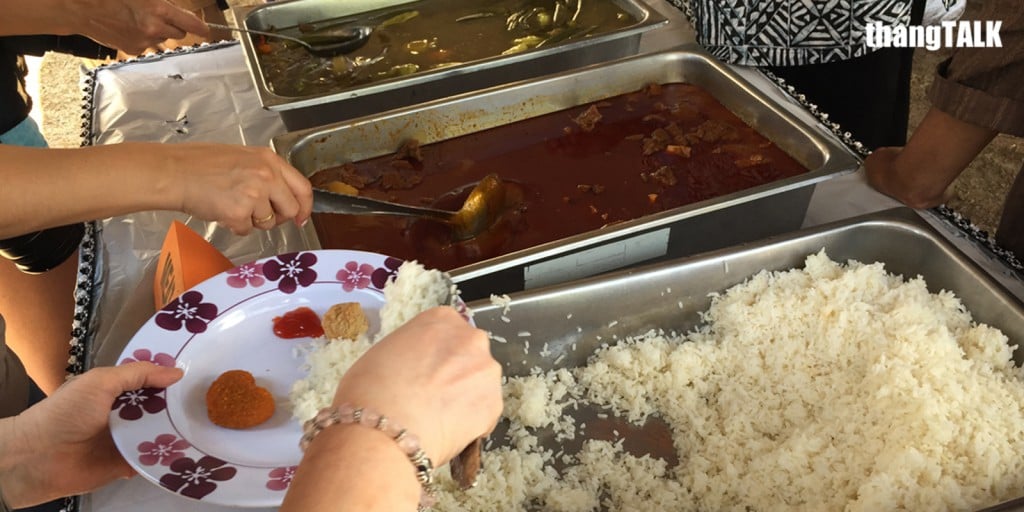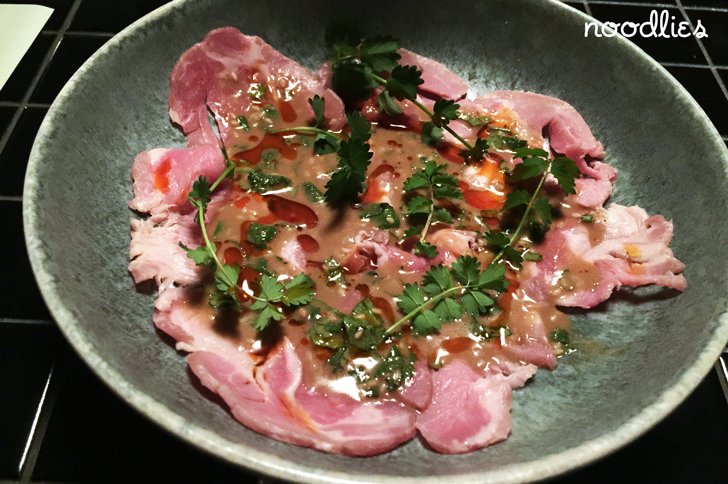Eating etiquette from around the world.
For the frequent traveller, these tips on dining etiquette from around the world might come in handy, whether you’re in China or Ethiopia.
- Can you burp at a table?
- Is it really rude to ask for salt?
- But I’m left-handed!
- I love this food, so why do I have to leave scraps behind?
Thang Talk last week was all about the relationship between food and culture. This week, I thought we’d talk about how that works in practice and, in the process, share some handy eating tips from around the world.

Food at the table
In most parts of Asia, dishes are placed on the table for everyone to share. It’s normal for you to use your own utensils to pick at the plate and bring to your bowl. Dipping sauces are generally shared.
But in Japan don’t pass food to another person with your chopsticks as this practice takes place at funerals. However, in China, Vietnam and many other parts of Asia, the host is expected to select the choicest parts of the dish, such as the meatiest chicken cut, or boneless piece of fish, and offer to their guests – when done using chopsticks, they turn their choptsticks around.
The French use their bread to help push food to their fork, they always tear bread – don’t bite into your bread. Thais use fork and spoons instead of chopsticks, but only the spoon is used to put food into the mouth, the fork is only used to help place food into the spoon.
In Ethiopia, individual plates are considered wasteful and all food comes in one large share plate. Food is eaten by hand, no utensils are used. Eating by hand is common in the Middle East, India and some parts of Africa. For Muslims, the right hand is used for eating and social contact, while the left hand is used for bodily hygiene. In Mexico, tacos are eaten by hand, besides not being practical to eat with knife and fork, using utensils could be seen as pretentious.
Table manners
In the West it’s rude to eat loudly or chew with our mouth open, apparently in China it’s ok to burp at the table to compliment the chef for a satisfying meal. In most parts of Asia, lifting up a bowl of to drink the soup is common. The Japanese slurp away at their noodles to increase enjoyment.
In China, guests tend to leave a small amount of food to show that their host has been generous. However, in India, not finishing food could be seen as wasteful and disrespectful.
Don’t ask for extra salt or pepper in Portugal as it could be considered a poor reflection on the chef’s skills. The same goes for cheese when in Italy.
To tip or not to tip
Research before you travel to ensure you’re following the local practice. Tipping is mandatory in the US, but could be considered rude in Japan and is acceptable in Italy to reward exceptional service.
Remember to enjoy yourself
Probably the most useful tip I can offer is to make sure you research local dining etiquette before you travel. As long as you make an effort, the locals will be understanding of a tourist’s unconscious faux pas.
The clever people at Restaurant Choice have prepared the handy infographic below to help with some of the ‘dos and don’ts’ when it comes to dining etiquette around the world. In addition to past experience, I found this resource plus the Huffington Post and Joy Tour & Travel particularly helpful in writing this week’s Thang Talk.
Weird and wonderful dining experiences?
Do you have a story or experience you’d like to share with fellow travellers? Please leave a comment, I’d love to hear!

This article was published in my Thang Talk weekly column for ETB Travel News.






